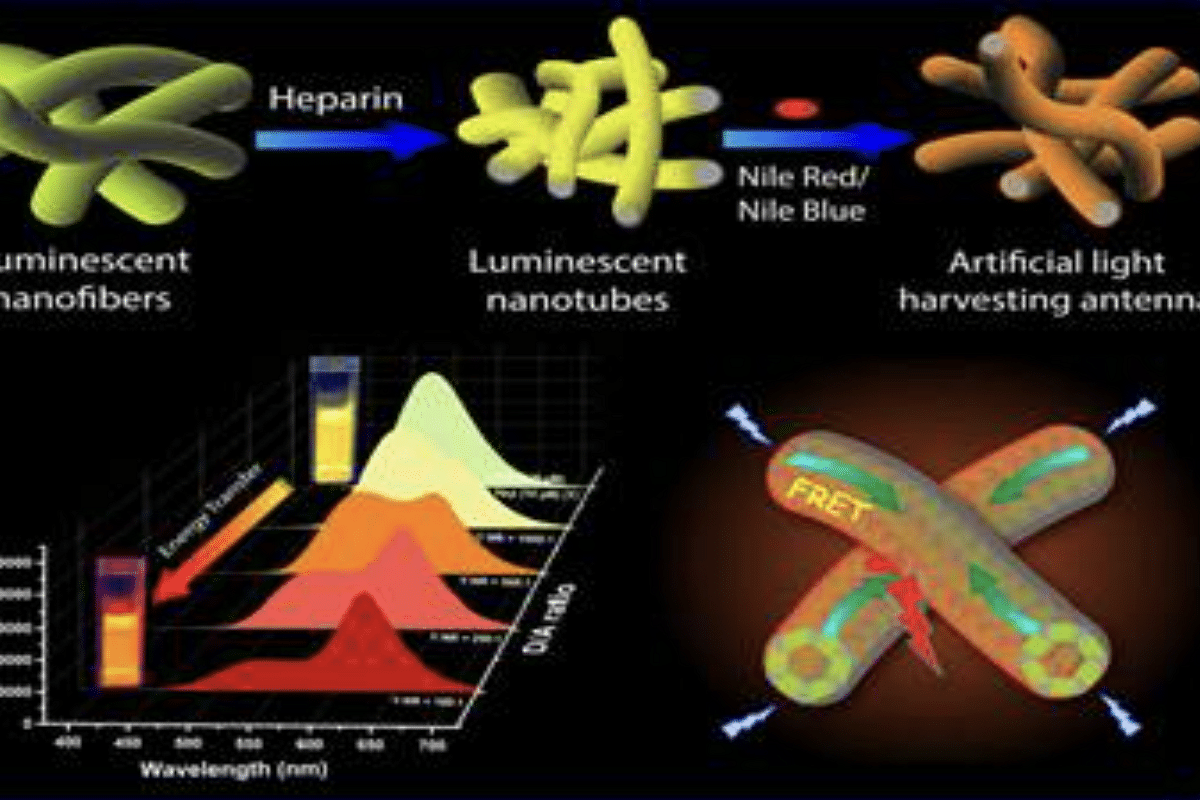Science
Indian Scientists Develop New Method Of Harvesting Artificial Light Using Organic Nanotubes For Solar Cells, Optical Sensors

Pic Via PIB Website
Indian researchers have developed a new method of harvesting artificial light using organic nanotubes, inspired by natural photosynthetic systems.
The researchers, Dr Supratim Banerjee from the Indian Institute of Science Education and Research (IISER) Kolkata, and Dr Suman Chakrabarty from the S N Bose National Center for Basic Sciences (SNBNCBS), Kolkata, carried out experimental and computational investigations on artificial light-harvesting in organic nanotubes derived from the union of an organic fluorescent molecule and a therapeutically important biopolymer.
The nanotubes can be utilised in solar cells, photocatalysis, optical sensors, and tunable multi-color light-emitting materials, the Ministry of Science and Technology said in a release on Wednesday (24 May).
The nanotubes acted as highly efficient energy donors in a system that mimicked the natural photosynthetic process. They donated energy to acceptor dyes such as Nile Red and Nile Blue, resulting in emission color tuning from initial greenish-yellow to orange-red, including white light.
The energy transfer phenomenon demonstrated in this study is known as Förster resonance energy transfer (FRET), which has significant importance in different applications such as the determination of DNA/RNA structures, mapping biological membranes, and real-time PCR tests.
The research has been published in Chemical Science, the flagship journal of the Royal Society of Chemistry.
The nanotubes were investigated by employing absorption and fluorescence spectroscopy, transmission electron microscopy (TEM), and fluorescence lifetime imaging microscopy (FLIM) studies.
Molecular Dynamics (MD) simulation studies demonstrated that the cyano stilbene molecules formed cylindrical structures in the presence of heparin.
The local molecular level interactions and packing of the cyano stilbene chromophores that led to the formation of one-dimensional nanostructures were also visualised and quantified through the simulation studies.
Due to the temperature responsiveness of the FRET process in these systems, they were further employed as ratiometric emission thermometers in the temperature range 20–90 degrees Celsius.
This research is a significant step towards the conversion of solar energy for storage as chemical or electrical energy, and the process of energy transfer is a key factor for such applications.
Support Swarajya's 50 Ground Reports Project & Sponsor A Story
Every general election Swarajya does a 50 ground reports project.
Aimed only at serious readers and those who appreciate the nuances of political undercurrents, the project provides a sense of India's electoral landscape. As you know, these reports are produced after considerable investment of travel, time and effort on the ground.
This time too we've kicked off the project in style and have covered over 30 constituencies already. If you're someone who appreciates such work and have enjoyed our coverage please consider sponsoring a ground report for just Rs 2999 to Rs 19,999 - it goes a long way in helping us produce more quality reportage.
You can also back this project by becoming a subscriber for as little as Rs 999 - so do click on this links and choose a plan that suits you and back us.
Click below to contribute.
Latest